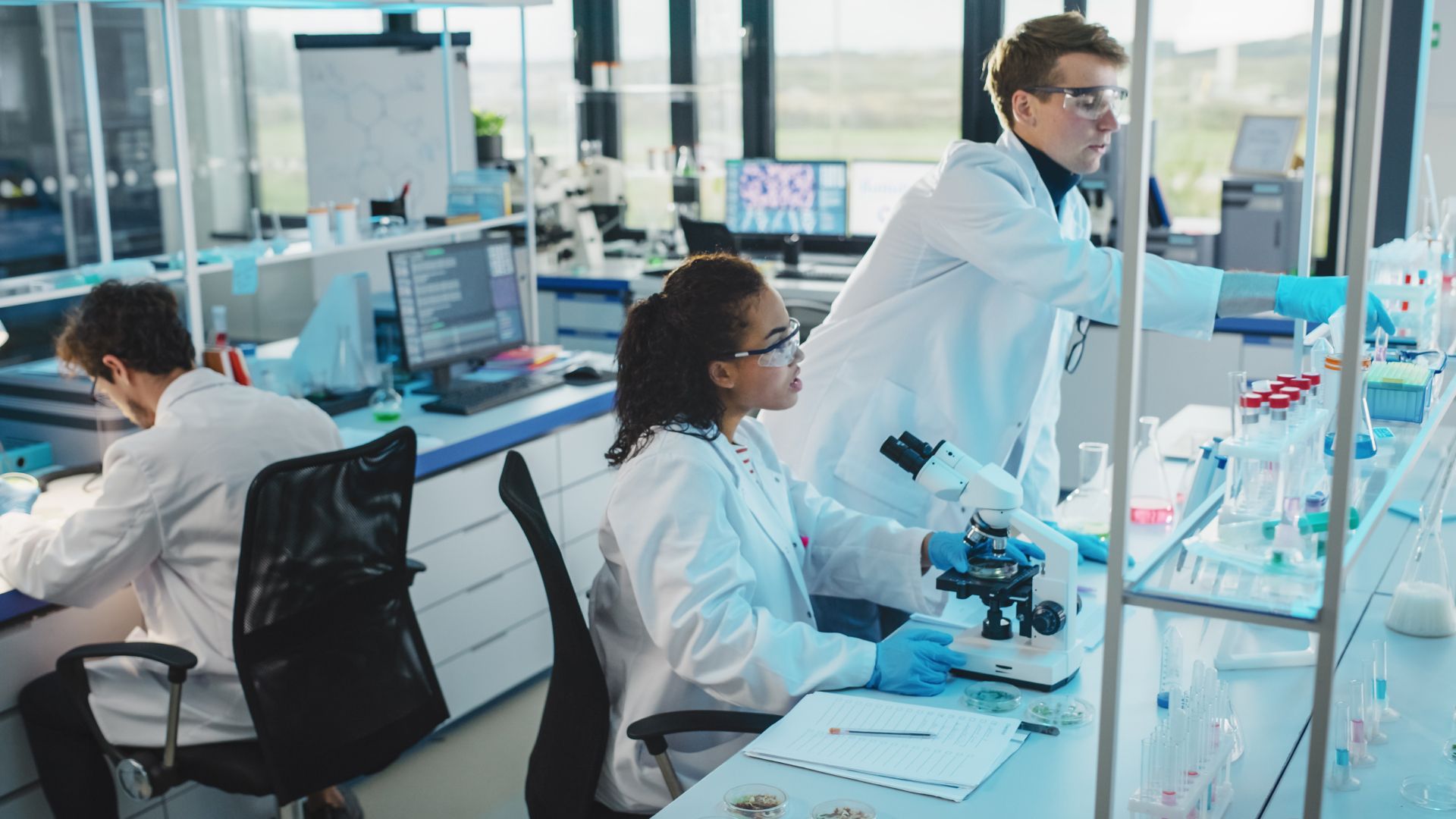Contributing expert: Susan Protos, HLS consultant
As MedTech product and system developers increasingly use digitalization and connectivity to improve patient and provider experiences, functional safety (FS) becomes paramount to protect people, property, and the environment from any technology-related hazards. Functional safety refers to ensuring systems and equipment perform as intended, especially in the presence of faults or malfunctions. It aims to prevent hazardous situations arising from hardware or software failures by implementing safety mechanisms, such as redundancy, fail-safe designs, or controlled shutdowns.
This need for stringent FS standards is particularly evident in industries such as healthcare, where even minor technological malfunctions can lead to serious injuries or even loss of life. A recent FS failure involving a surgical robot device shows how major malfunctions can not only compromise patient safety but also result in recalls and significant legal and financial repercussions for healthcare providers in the unlikely event of a critical error. To minimize risks, system and device manufacturers and operators must comply with an ever-increasing array of FS standards and regulations that are also becoming more rigorous.
Between 2018 and 2022, there were 189 Class 1 (highest severity) medical device recalls mandated by the US Food and Drug Administration (FDA). Class 1 recalls indicate a significant likelihood of serious adverse events or death related to the use of a device — 11 recalls in the mentioned period were associated with more than 1 million device units.
As concerns about FS rise, several important questions emerge. Are regulations enough to guarantee safety? Will addressing safety issues in high-risk devices mitigate critical risks? To what extent can redundant systems provide comprehensive protection against failures? Our healthcare and life sciences experts answer these and other pressing questions, challenging the most common misconceptions related to healthcare and medical device FS.
Misconception #1: Compliance equals medical device safety
Regulatory organizations like the U.S. Food and Drug Administration (FDA), the International Electrotechnical Commission (IEC), and the International Organization for Standardization (ISO) are critical for establishing and enforcing safety standards that promote medical device reliability and effectiveness throughout their lifecycle. Compliance with relevant standards, including IEC 60601 and ISO 14971, is non-negotiable. These comprehensive frameworks cover different aspects of medical device safety:
- The FDA oversees the safety and effectiveness of medical devices in the U.S. and requires premarket submissions, including evidence of safety and efficacy, labeling requirements, and post-market surveillance.
- IEC 60601 sets the safety and performance requirements for medical electrical equipment, covering aspects such as electrical safety, EMC (electromagnetic compatibility), and usability.
- ISO 14971 focuses on risk management, outlining a systematic process for identifying hazards, assessing risks, and implementing controls throughout the device lifecycle to minimize potential harm.
While comprehensive, these and other relevant standards cannot cover everything. In addition, the rapid pace of technological advancement means that regulations can lag behind innovations. New types of devices or software may not be fully covered by existing compliance frameworks, creating gaps in safety oversight.
Therefore, devices require continuous risk management and post-market surveillance to ensure ongoing safety. Obtaining all relevant certifications is only the first step; companies must commit to proactive safety practices and a culture of continuous improvement to ensure device performance and reliability.
Misconception #2: Functional safety applies to high-risk devices only
A common misconception about functional safety is that it only pertains to high-risk medical devices like pacemakers and defibrillators. While these devices indeed require rigorous safety measures, functional safety is essential for all medical devices, regardless of their risk level.
For instance, insulin pumps and monitoring devices, though considered lower risk, are often connected to and rely on software to function properly. A malfunction in these devices can lead to serious consequences, such as incorrect insulin delivery, which can dangerously affect a patient’s health.
The rise of connected medical devices further complicates safety concerns. Devices that communicate with one another can introduce additional vulnerabilities, making them susceptible to cybersecurity threats and software errors.
Misconception #3: Redundant systems guarantee safety
Redundant systems in medical devices refer to the implementation of multiple independent components or pathways that ensure continuous operation and enhance reliability. These systems are critical in devices where failure could lead to serious patient harm, such as ventilators. For example, a ventilator might have duplicate sensors to monitor airflow and pressure; if one sensor fails, the other can still provide accurate data to maintain the device’s functionality.
While redundancy is crucial in enhancing reliability and safety in medical devices, it is not a foolproof solution. Various factors can compromise the effectiveness of redundant systems, including human errors during operation. Additionally, environmental conditions—like extreme temperatures or electromagnetic interference—can impact the performance of redundant components. In addition, redundancy introduces complexity to the system, making it susceptible to various issues. This complexity may also contribute to human oversight or neglect, and increased production demands that strain the system, potentially compromising its safety. Instead of relying solely on redundancy, device manufacturers, providers, and users should develop and adopt robust testing protocols, regular maintenance, and advanced monitoring systems.
Misconception #4: Safety is mostly about hardware
Historically, medical device safety was primarily concerned with hardware failures, such as mechanical malfunctions or material defects. However, as medical devices become increasingly connected to and reliant on sophisticated software, the landscape of safety has shifted dramatically. Today, the functionality and reliability of these devices depend heavily on the integrity of their software systems. With the rise of embedded technologies and the Internet of Medical Things (IoMT), ensuring robust software performance has become crucial, as even minor software glitches can lead to serious health risks.
Cyberattacks can compromise device safety — for example, threat actors hacking an insulin pump’s software to alter its settings. With these new information security threats, cybersecurity and FS can no longer be separated. The interdependence between the two highlights the necessity of integrating robust cybersecurity measures into the design and operation of medical devices. As threats evolve, manufacturers and healthcare providers must adopt a holistic approach that addresses both FS and cybersecurity as intertwined elements of device performance.
Charting the course for functional safety in light of HLS innovations
As we look ahead, the landscape of FS will continue to evolve, particularly with the increasing integration of artificial intelligence (AI) into medical devices. In 2021, the value of AI in the healthcare market exceeded $11 billion worldwide and is expected to surpass $188 billion by 2030.
AI is revolutionizing healthcare by enabling more accurate diagnostics, personalized treatment plans, and improved patient outcomes. However, the rapid pace of AI innovation in medical technology must be accompanied by equally robust regulatory frameworks to ensure its safety and efficacy.
Equally important is recognizing the critical role of the human factor in device safety. Intuitive and user-friendly interfaces, coupled with thorough training programs, can significantly reduce the likelihood of human error. By fostering a culture of safety that prioritizes both technological advancements and human experience, we can better navigate the challenges ahead and ensure that functional safety remains at the forefront of medical device development.
Download our latest ebook, “Functional safety: Automatic protection in increasingly complex technological systems,” and explore how to enhance system reliability by implementing FS from concept to operation across industries.





